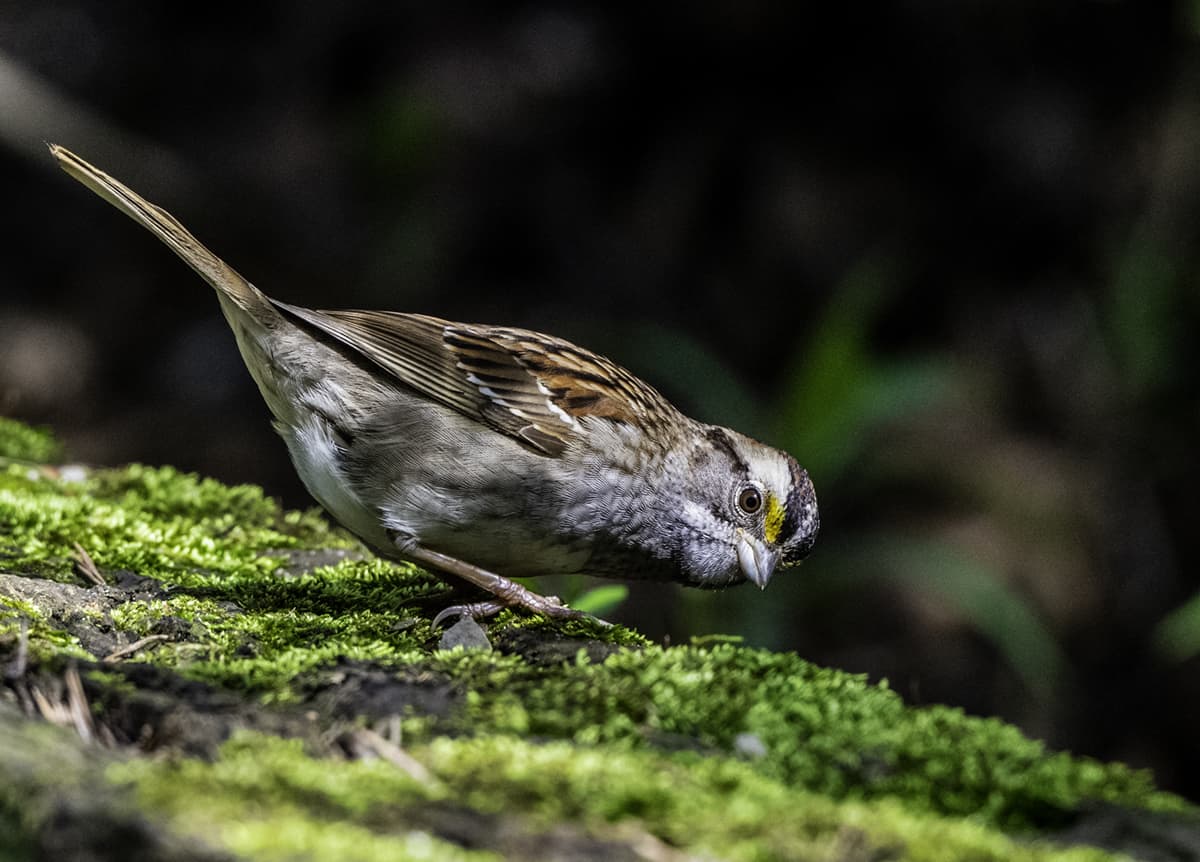
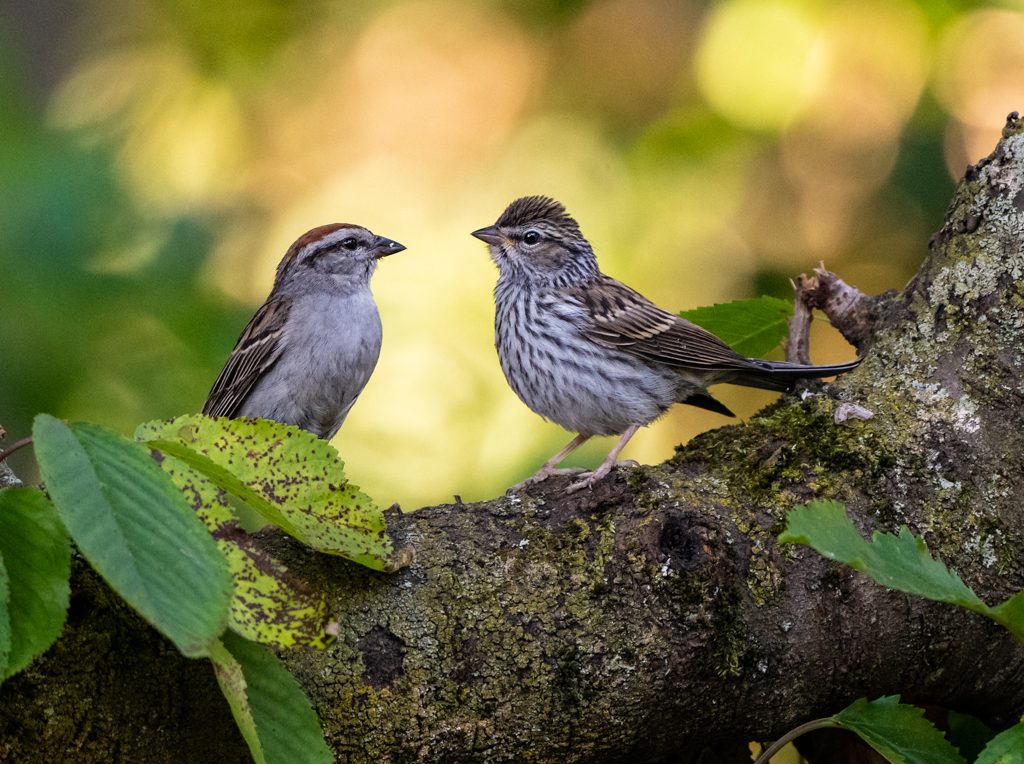
Little brown jobs – LBJs – are tough birds not only to see but for nature photographers to capture. Once you understand more about these birds and see their subtle beauty, however, you can craft amazing photos.
House Sparrow: the most common LBJ
The house sparrow (Passer domesticus) is the poster child for little brown jobs, and all sparrows can be LBJs because they have such subtle differences. Nature photographers can make them stand out, however, with a colorful background or a bit of action blur – a beautiful atmosphere can really make an LBJ come alive. Focus on the eye to bring that spark to the bird’s expression, and you’ve really got an engaging photo.
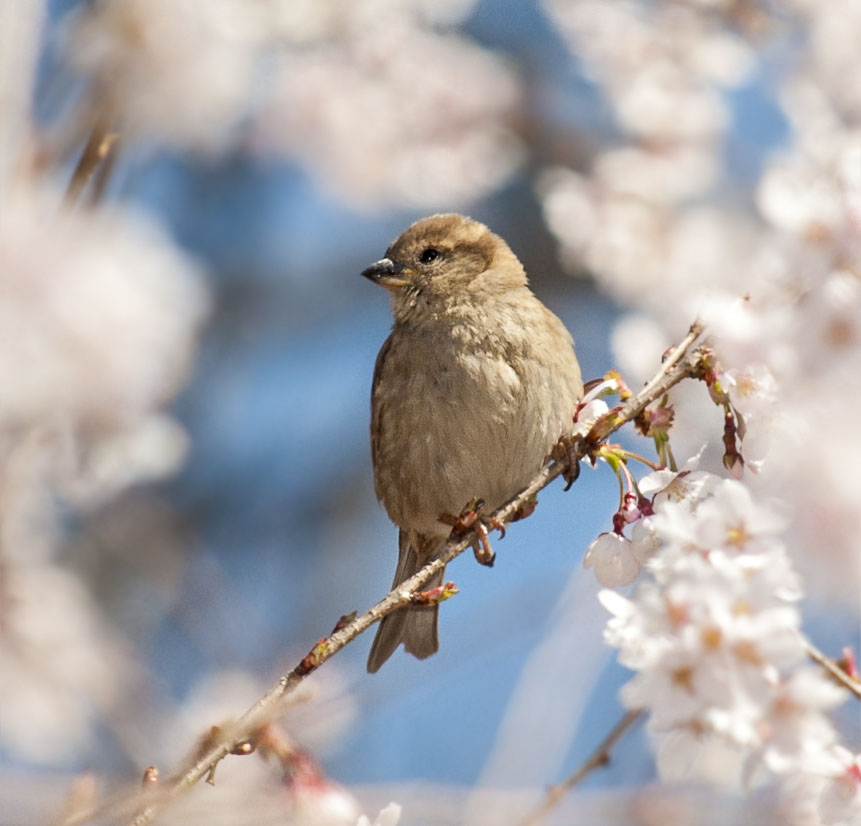
Colorful birds are easy – LBJs can be a challenge
Overall composition is critical with bird photography, but more so with LBJs because they aren’t the most colorful subject. Colorful birds are a piece of cake. A lot of people are standing up while they take pictures of birds on the ground, which can make for a good ID photo but is basically boring. However, when the situation presents itself, get down as low as possible, preferably on all fours. The results will be instantly noticeable.
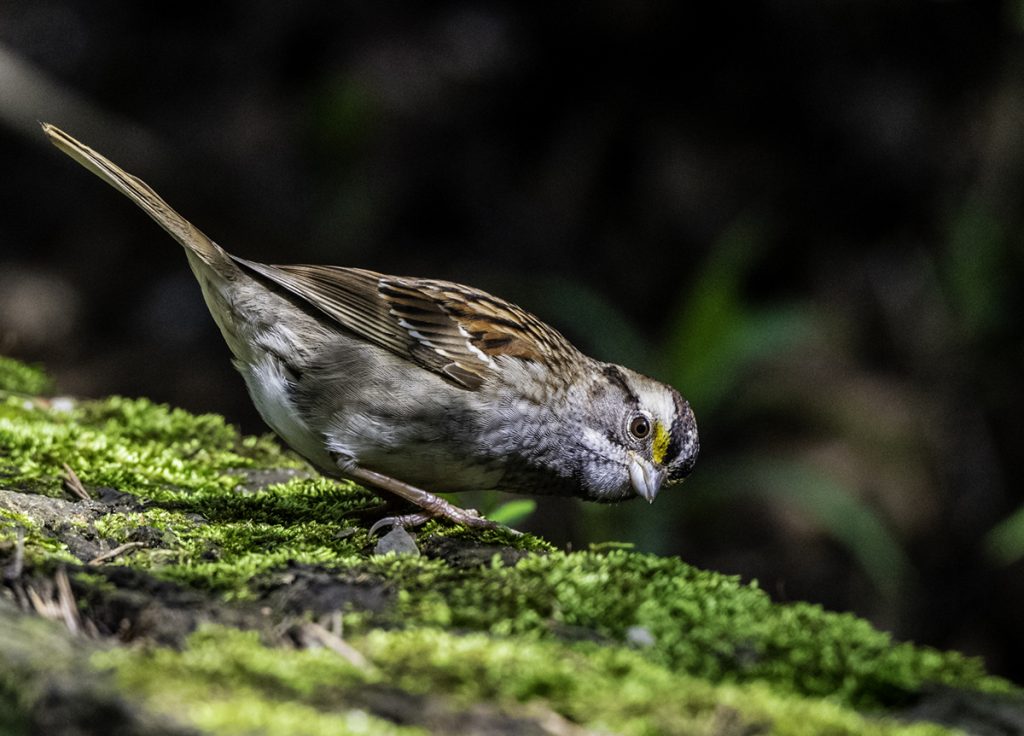
Identifying LBJs
Thrushes are some of my most challenging LBJs: they can all look alike to me, though wrens and flycatchers are also tough birds to be certain about. There’s no shame in that, little brown jobs are tough for a lot of nature photographers to identify. The Merlin bird identification app from The Cornell Lab is a game-changer for identifying LBJs, and 90 percent of the time it gets you right in the ballpark, if not identifying the bird exactly. This makes it so much easier and nature photographers can focus on crafting a photo they love, and get the assistance they need to identify the bird properly.
The more you photograph LBJs, the more you’ll see their inherent beauty. It does make a difference how often you watch a bird, because you’ll learn their behavior and see patterns in how they act. Those patterns can help you get even better photographs, because you can capture the moments that make that bird unique.
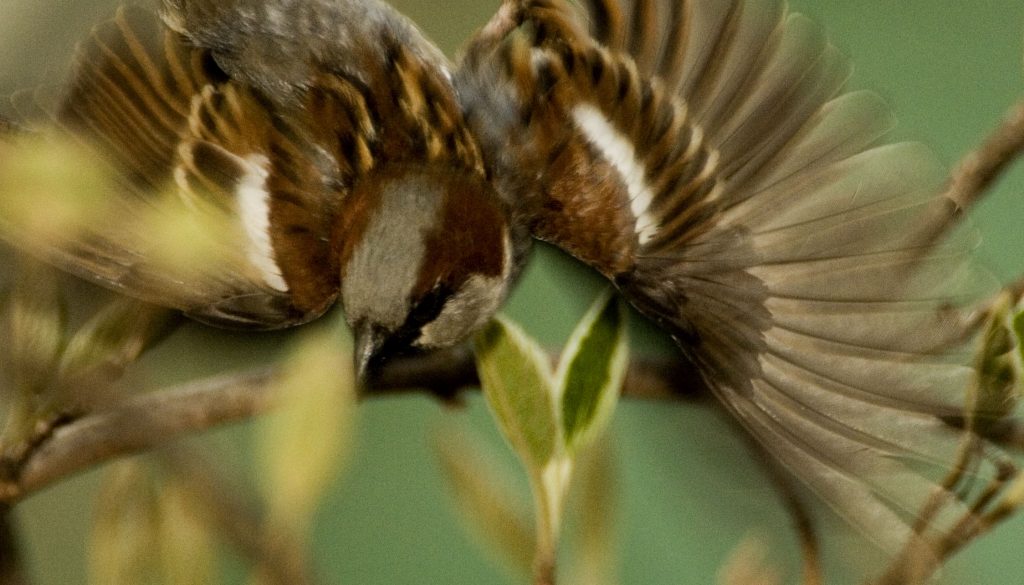
If you want to learn more about photographing birds, the best thing is to practice. You’ll learn what works and what doesn’t through trial and error, and you’ll learn what types of photos really make your heart sing.
Lean more tips for photographing birds at American Bird Conservancy’s next webinar, Taking Good Bird Photos – June 11, 2020 from 4-5 p.m. Eastern Time.
Watch live on Facebook LIVE on Owen’s Facebook Page



